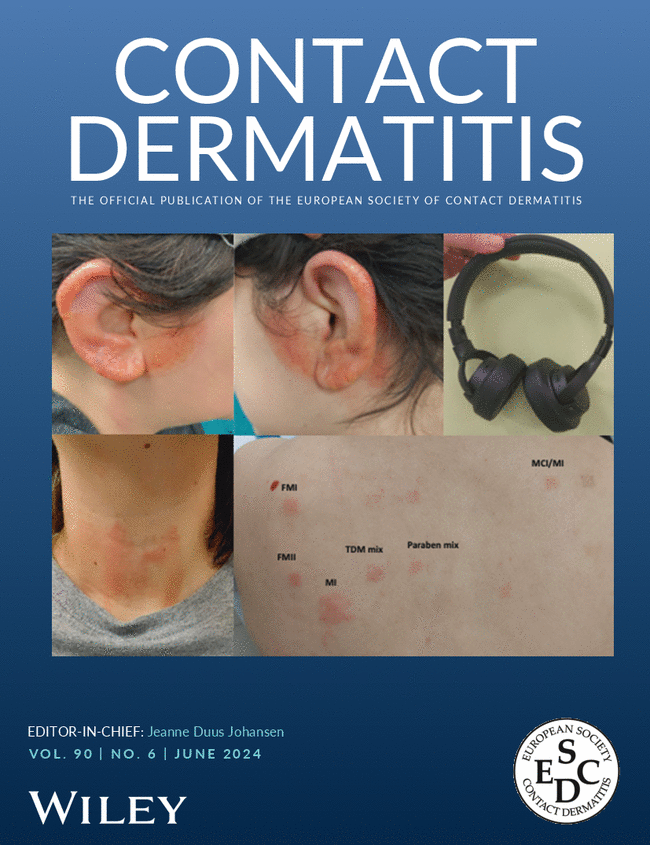Low sensitivity of a self-report questionnaire for hand eczema in hairdressing apprentices
Abstract
Background
The validity of the self-report questionnaire for hand eczema (HE) among Croatian hairdressers was not investigated previously, leading to uncertainty in the prevalence estimated from self-reported data.
Objectives
To (1) investigate the validity of the self-report questionnaire for HE in hairdressing apprentices and (2) examine the differences between apprentices who recognised their HE symptoms and those who did not.
Methods
Clinical examination for HE signs on hands and wrists was performed by the Osnabrueck Hand Eczema Severity Index for 408 apprentices at four visits covering the entire schooling period. Self-report HE was based on the Nordic Occupational Skin Questionnaire.
Results
Low sensitivity (7%–37%) with high specificity (≥95%) was observed, with both measures improving from baseline to last visit. The severity of HE signs was the only factor associated with the correct identification of HE signs in analyses adjusted for previous HE signs, health-related quality of life, and atopic dermatitis (adjusted odds ratios of 1.58 with 95% confidence interval [1.06–2.35] and 1.74[1.38–2.19] at second and third follow-up visit, respectively).
Conclusions
Self-report questionnaire for HE showed low sensitivity in hairdressing apprentices, especially at the beginning of training and in those with mild symptoms. Further validation studies following questionnaire modifications aimed at adolescent population are advised.


 求助内容:
求助内容: 应助结果提醒方式:
应助结果提醒方式:


